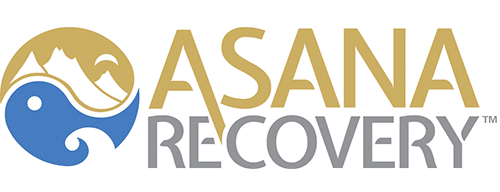Despite the fact that the first needle exchange program opened in the United States in 1988 (in Tacoma, Washington), this policy is still at the center of a huge debate. Many people believe that it enables drug use and sends a message that drug use is acceptable or can be done safely. However, the evidence is overwhelming that needle exchange prevents diseases like HIV and hepatitis. It’s also a way to get drug users into the medical system, where they can start to build trust that might eventually lead to addiction treatment.
Injection drug users can turn in their used (and possibly contaminated) needles and get sterile equipment. Exchange programs also frequently offer to counsel, safer-sex education, HIV testing, condoms, alcohol swabs, and referrals to drug treatment programs.
Amsterdam has had a needle exchange program since 1984, and the HIV rate among injection drug users there has fallen to almost zero. In New York City, exchange programs have helped reduced HIV infections to about 150 out of 150,000 injection drug users per year. (Some of those remaining infected people may have contracted HIV through unsafe sexual practices, as one of the effects of substance abuse can be poor decision making leading to unprotected sex.) At the peak of its drug-related HIV epidemic, New York City had about 13,000 new infections a year among injection drug users.
A study presented through Johns Hopkins found that a 10 percent expansion of exchange programs — at a cost of $64 million a year — would prevent 500 HIV infections among U.S. drug users. The savings in health care costs would be $193 million.
One of the objections to needle exchange programs is something called needle litter — meaning that if it’s easy for drug users to obtain new needles, they will improperly dispose of the old ones in public places, exposing the public to the risk of getting inadvertently stuck by a needle. One inquiry in San Francisco inspected 1000 random city blocks and conducted a survey of 602 injection drug users. It found 20 syringes on the streets in question, and the drug users reported disposing of 13% of syringes improperly. In none of the syringes was there visible blood or an exposed needle. Five of the syringes were capped, and the other 15 had the needle broken off. As a result, the danger of being stuck by a needle was quite low.
The North American Syringe Exchange Network (NASEN) is a website that allows the public to search for needle exchange locations by state. If there are no locations near you – or if you happen to find a used syringe somewhere – make sure to safely dispose of the needle. Place it in a thick, puncture-proof container (a laundry detergent jug, for example), and take it to an approved drop-off site. These can include landfills, clinics, and even fire stations.
If you or a loved one need help to quit drugs or alcohol, call Asana Recovery at (949) 438-4504 to learn about our medical detox and residential and outpatient therapy programs.



